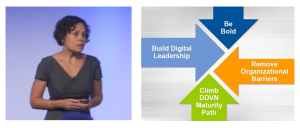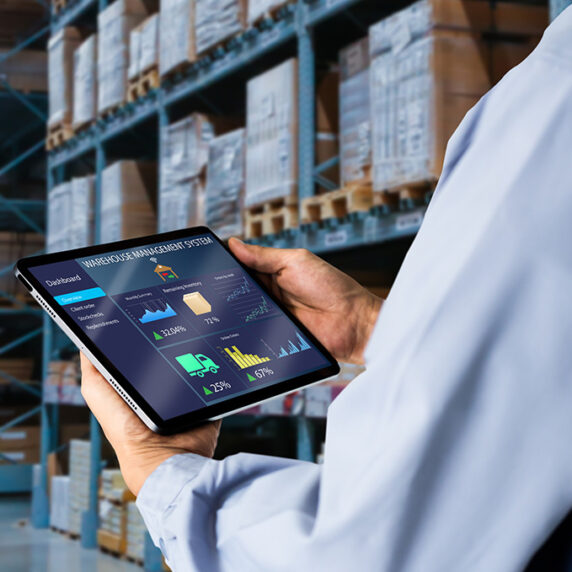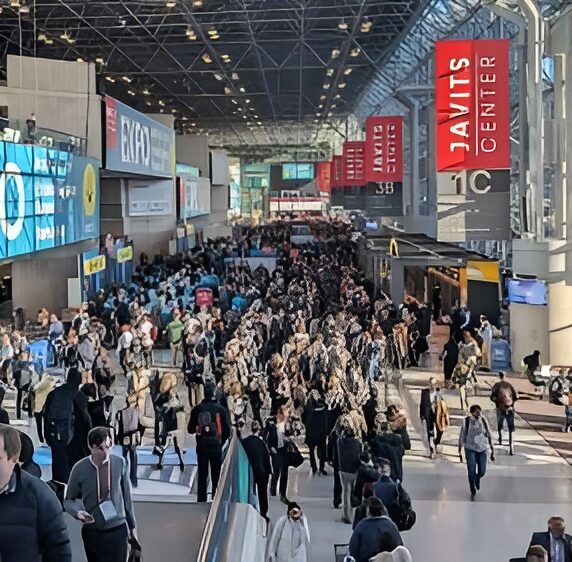Supply Chain Innovation: The Internet of Things
The next big thing has arrived—and it’s called the “Internet of Things” (IoT). McKinsey Quarterly sums up the impact:
“The predictable pathways of information are changing: the physical world itself is becoming a type of information system. When objects can both sense the environment and communicate, they become tools for understanding complexity and responding to it swiftly.”
Gartner calls it the “Internet of Everything”. They forecast a 30-fold increase in physical devices connected to the Internet by 2020, to 26 billion installed units (aka, big data). They say this will significantly impact the information available to supply chain leaders and how the supply chain operates.
When gauging the impact of Internet of Things on the supply chain, most commentators focus on logistics and execution, conjuring images of millions of products connected to the Internet and relaying updates on their whereabouts and status. But in this post, we’ll address specifically how the Internet of Things affects supply chain planning—demand forecasting and demand sensing, inventory optimization, and replenishment.
Costa Express (previous blog) is a good example. Its unmanned coffee stations transmit POS data every 15 minutes to help forecast demand, optimize inventory, and generate replenishment proposals for distribution and procurement. Supply chain planning software calculates the refill order requirements nightly for frequent, low-volume deliveries. Thus the IoT fuels a demand-driven supply chain.

Noha Tohamy, who co-presented a keynote at the recent Gartner Supply Chain Executive Conference in London with Debra Hofmann, said “The demand forecast used to be a look in the rearview mirror.” “Today we have predictive analytics, better forecasting. We can capture downstream data from our customers, through better demand signals.”
They see this clearer demand signal as the next inflection point—“the connection, the connectivity, amongst places, people, things, businesses, systems,” according to Tohamy. This powers the rise of the digital business, which will make supply chain processes “faster, better, more efficient, more profitable, and sometimes more prominent.”
Tohamy imagines an example of Taylor Swift tweeting her like of a new ice cream flavor, causing a stampede of teenage demand. “Enter advanced analytics. Advanced analytics is the signs, the logic, the technology that takes the data, mines it, sees the insights from it, recognizes the pattern, finds the best course of action, and sometimes executes on those actions independently, autonomously.” Forecasting (updating the plan), production (increasing output), transportation (diverting trucks), and marketing (sending coupons) must then pivot quickly, in unison—even autonomously, via the IoT—to satisfy, and shape, the sudden demand opportunity.
One of the messages in the presentation, titled Leading the Decade—Creating and Sustaining Excellence in the Supply Chain, was the opportunity for supply chain leaders and innovators to take the lead. Tohamy said, “We have to get rid of conflicting goals, of personal incentives, that don’t align with the bigger grid of the business. We have to stop relying on stale data that doesn’t truly represent what’s happening in our supply chain.”
“The goal of the supply chain is not inventory or lead times or point utilization,” summed up Debra. “We are in business to deliver service to our customers, and to do so profitably, so that we can stay in business. That’s it. Profitable service. That’s true north.”
Next week, instead of the “big picture”, we’ll review some small steps companies can make that can lead to significant leaps in their forecasting and supply chain performance.






